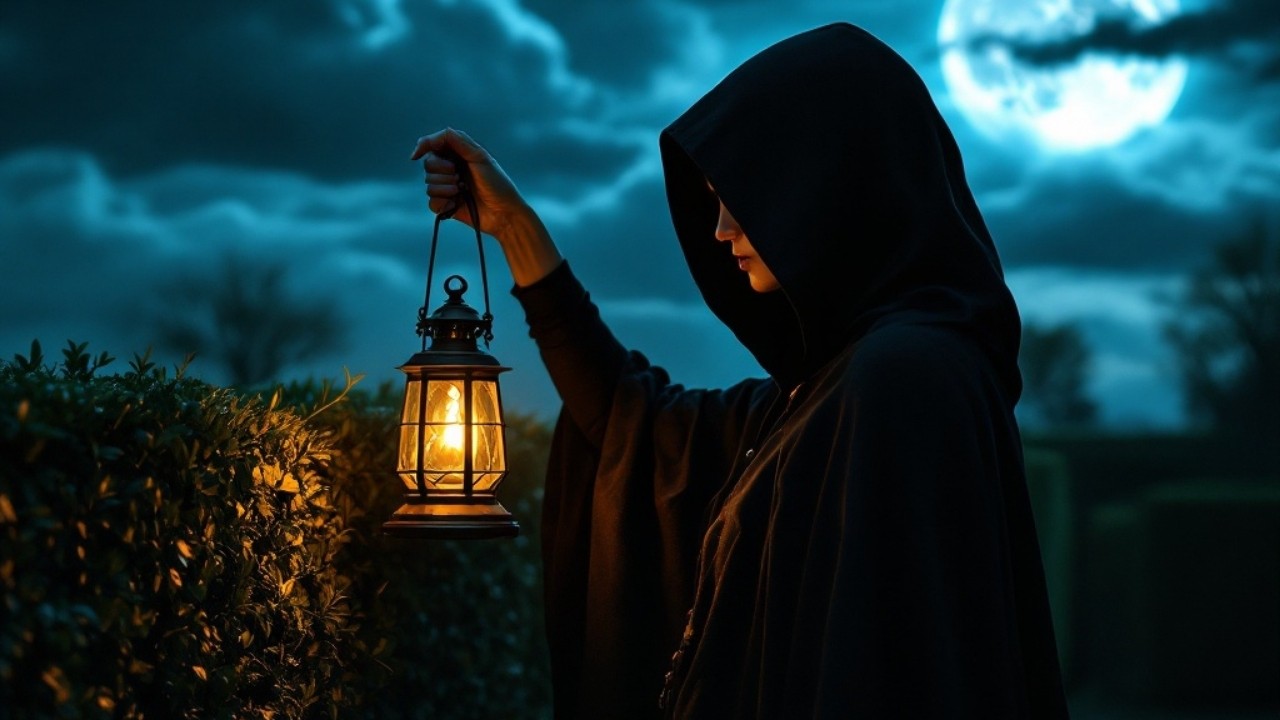
when Horror Yearbook – Witch legends have haunted the imagination of people for centuries and their stories are far more terrifying than any fairy tale. During the early modern period between 1400 and 1700 it is estimated that seventy thousand to one hundred thousand lives were taken through executions on accusations of dark practices. These accusations were driven by fear suspicion and political motives creating tragic events that still echo today. Among these tales five stand out as chilling reminders of how myths and paranoia shaped human history. These stories of powerful women accused of supernatural deeds reveal the cruelty of their times and the resilience of those who faced death without surrender. From England to Germany Sweden and the American colonies the lives of these women became symbols of fear and injustice leaving behind legends that continue to fascinate and disturb modern readers.
Mother Shipton was known as one of the greatest witches in English history and her name carried both fear and respect. Born Ursula Southeil in the sixteenth century she was rumored to be the child of a witch and even believed by some to be fathered by a demon. Her appearance was said to be frightening and she was often described as having a face that inspired dread.
Despite this she became famous as a prophet often compared to the great seer Nostradamus. Legends claim that she predicted the Spanish Armada the Great Plague of London the Great Fire of London and the execution of Mary Queen of Scots. Unlike many others accused of witchcraft she was not executed by sword or fire. Instead she died peacefully around 1561 and was buried near York. Her calm death added to the mystery that surrounded her life and left people wondering about the true source of her powers.
“Read about: Elon Musk Reveals Shocking Truth He Hopes to Uncover About Aliens on Mars!”
Agnes Sampson was a respected midwife and healer in Scotland but she became one of the most tragic victims of the North Berwick witch trials of 1590 to 1592. When King James VI faced dangerous storms during his voyage with Queen Anne fear of witchcraft was stirred within the royal court. The king believed the storms were caused by witches seeking to harm him.
Agnes was accused after another woman named Geillis Duncan gave testimony against her. She was interrogated and tortured even in the presence of the king himself in an effort to force a confession. Despite her strength she was eventually broken by the brutal treatment and compelled to admit to dark alliances and plots against the king. Her life ended in strangulation and her body was burned. The cruelty she endured showed how fear of witches was used to justify unspeakable violence and how justice was twisted by superstition.
Merga Bien lived in Fulda Germany during a time of religious tension and harsh suspicion. Prince Abbot Balthasar von Dernbach sought to purge everything considered unholy from the region. Between 1602 and 1605 authorities accused more than two hundred people of witchcraft across Fulda. Merga returned to the city after a family dispute while pregnant and raised immediate suspicion. She had been married for fourteen years without children which fueled gossip and fear. People claimed her pregnancy came from relations with the Devil and demanded investigation. Interrogators applied intense pressure and forced her to confess to murdering her second husband and several children. She also admitted attending a dark sabbath after suffering relentless torture and fear. Officials carried out her execution in the autumn of 1603 through burning at the stake. Her tragic fate revealed how paranoia and cruelty destroyed innocent lives during the Fulda witch hunts.
“Read more: This Simple Balanced Diet Plan Could Change Your Life in Just 7 Days!”
Malin Matsdotter was a Finnish born widow living in Sweden during the Great Noise hunts from 1668 to 1676. Her own daughters accused her of abducting their children and taking them to a satanic gathering without any real proof. Authorities found no true evidence but the accusations still spread fear throughout the community. Unlike most accused witches who faced strangling or beheading before burning Malin received a sentence of death by fire.
She refused to confess despite relentless pressure and enraged the authorities with her unyielding denial. Witnesses said she stayed calm and silent as flames rose around her showing no screams of pain. Many believed her eerie composure revealed supernatural strength and mysterious protection. One daughter later faced execution for giving false testimony against her mother. The tragedy of Malin’s death warned others about betrayal and fear destroying families. Her story reflects the terrifying power of superstition and the danger of unchecked accusations in society.
The Salem witch trials of 1692 remain the most famous witch hunt in colonial Massachusetts. They revealed a dangerous mix of fear religion and social tension. Two young girls showed violent fits screaming and convulsing without any clear explanation. A local doctor claimed witchcraft caused the strange symptoms and panic spread quickly. More girls soon displayed the same disturbing behaviors and alarmed the community.
Three women faced accusations including a Caribbean slave named Tituba a beggar named Sarah Good and an elderly woman named Sarah Osborn. Tituba confessed under pressure and accused others of serving the Devil to save herself. Her statements fueled a wild frenzy of fresh accusations across the settlement. Bridget Bishop became the first person executed on June tenth after a brief trial. More than one hundred fifty people faced charges and many suffered harsh punishment. Authorities later declared the trials unlawful and offered limited financial restitution. Despite these actions the fear and injustice of Salem continue to scar American history.
This article is sourced from www.merdeka.com and for more details you can read at horroryearbook
Writer: Sarah Azhari
Editor: Anisa